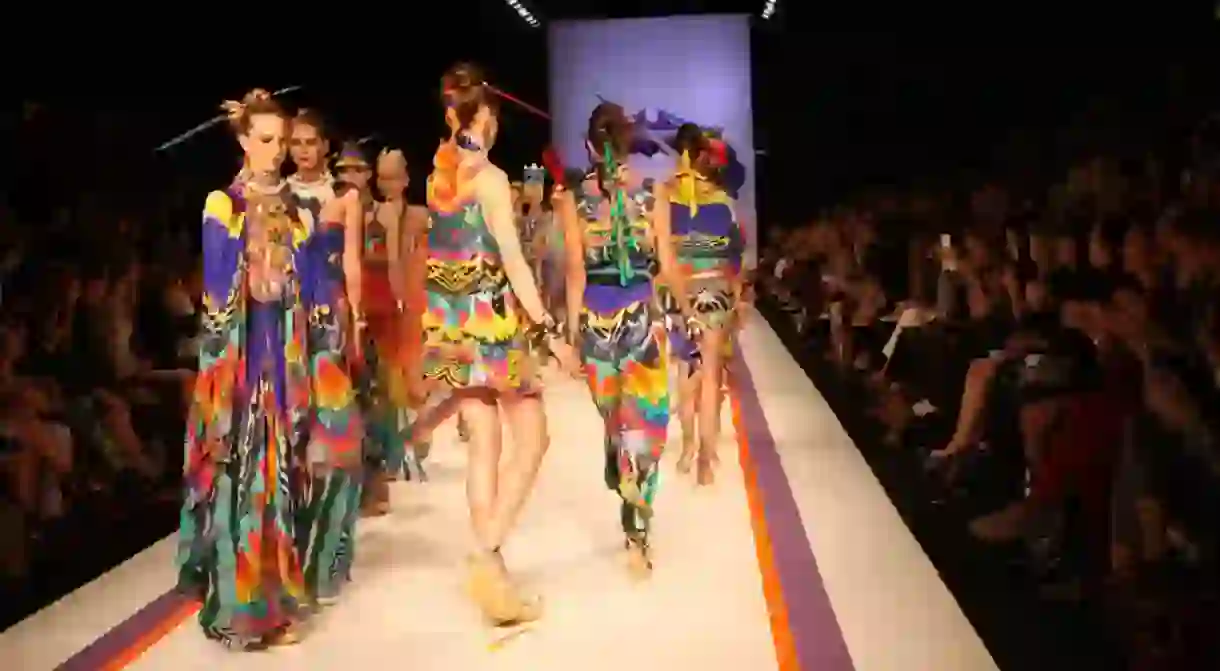The Fashion Moments That Define Melbourne Spring Fashion Week

Last week Lord Mayor Robert Doyle launched the 23rd annual Melbourne Fashion Week, formerly known as Melbourne Spring Fashion Week. In light of this change, Culture Trip is looking back at the trends which have defined the previous three years, while also glancing forward to the details of this year’s event.
The decision from the City of Melbourne to drop “spring” from the festival’s name reflects the four-seasons-in-one-day climate that Melbourne is renowned for, as well as the move towards trans-seasonal fashion. “We wanted to capture the very essence of Melbourne, so we renamed it Melbourne Fashion Week,” Lord Mayor Robert Doyle said.
Despite the change, the September fashion week will continue to showcase spring racing style and summer collections from local and national brands, independent labels, and emerging designers. The industry led program will host more than 150 events over seven days and nights including ‘A Tribute to Schiaparelli’ and ‘Yohji Yamamoto: Dressmaker’. Last year 60,000 people attended MSFW, boosting the city’s economy by $8 million.
This year south Sudanese-born Australian supermodel Ajak Deng returns to her old stomping ground as an ambassador of Melbourne Fashion Week. “This is where I started from day one. I finished my first show and set off for New York the next day,” she says. “Coming back as an ambassador will be a different perspective.” Deng will feature as the face of the festival alongside Stefania Ferrario who is leading the #droptheplus campaign which is calling on the plus size label to be dropped from the modelling and fashion industries.
Let’s take a look back at the defining trends of previous MSFW events.
2016: Futuristic
Last year Melbourne Spring Fashion Week had a futuristic disposition with metallic pieces shimmering throughout the festival as they did in 2014. Meanwhile, nude fashion featured predominantly with designers such as Carla Zampatti. Embellishments such as fringing and tassels set the tone for Spring Racing fashion. Peasant dresses and ethical designs were also in the spotlight.
2015: Ice White
In 2015 MSFW was white hot with icy hues seen on the runway, in the front row, and on the streets. The year also presented offbeat ‘Kitsch Australiana’ with designers such as Lia Tabrah and Kate Geck leading the charge. The popularity of Games of Thrones contributed to the warrior inclined trends within the Emerging Designers’ showcase and florals were given an oriental makeover in the lead up to the Spring Racing Carnival.
2014: Sports Luxe
Sports luxe is currently a huge trend, and in Melbourne this latest bout can be can traced to MSFW 2014 when luxurious athletic wear was presented across the week. In contrast, feminine silhouettes in breezy fabrics and sorbet shades also made a lasting impression. Metallics were seen everywhere from Thurley to Nicolangela, while the crop top become a wardrobe staple with the coordinated separates trend, as did culottes.
MFW 2017 will kick off on September 1st with a night of fashion, shopping and entertainment and run until September 8th, 2017.













